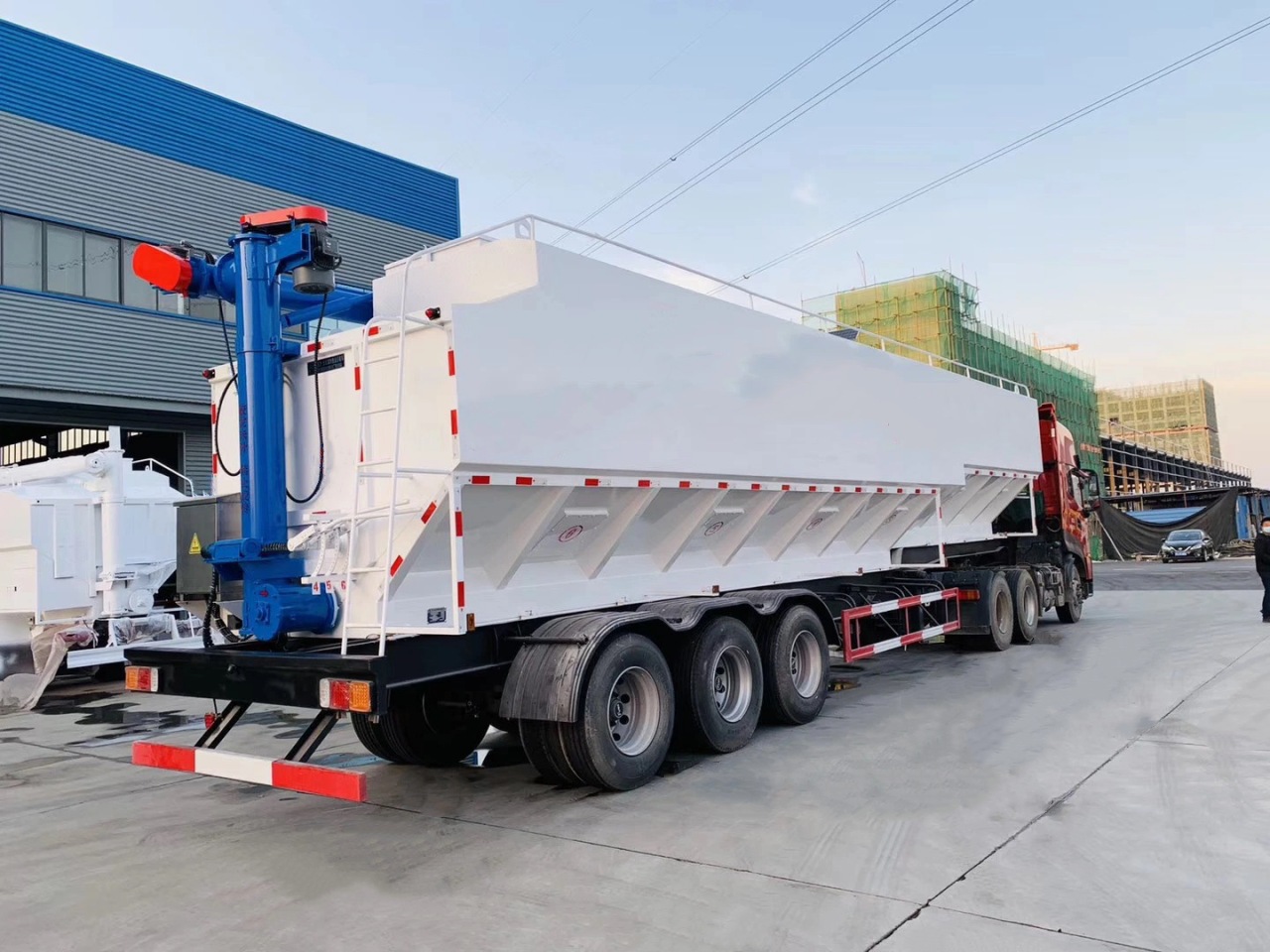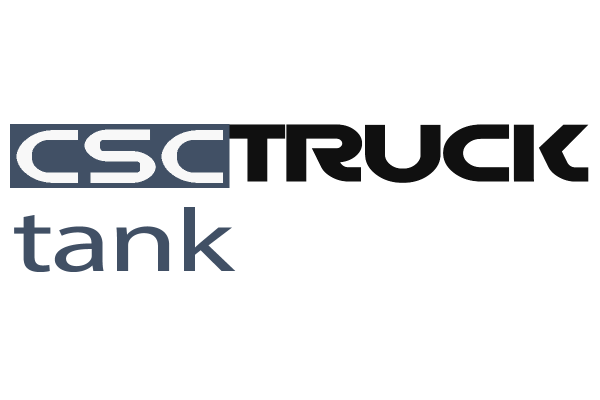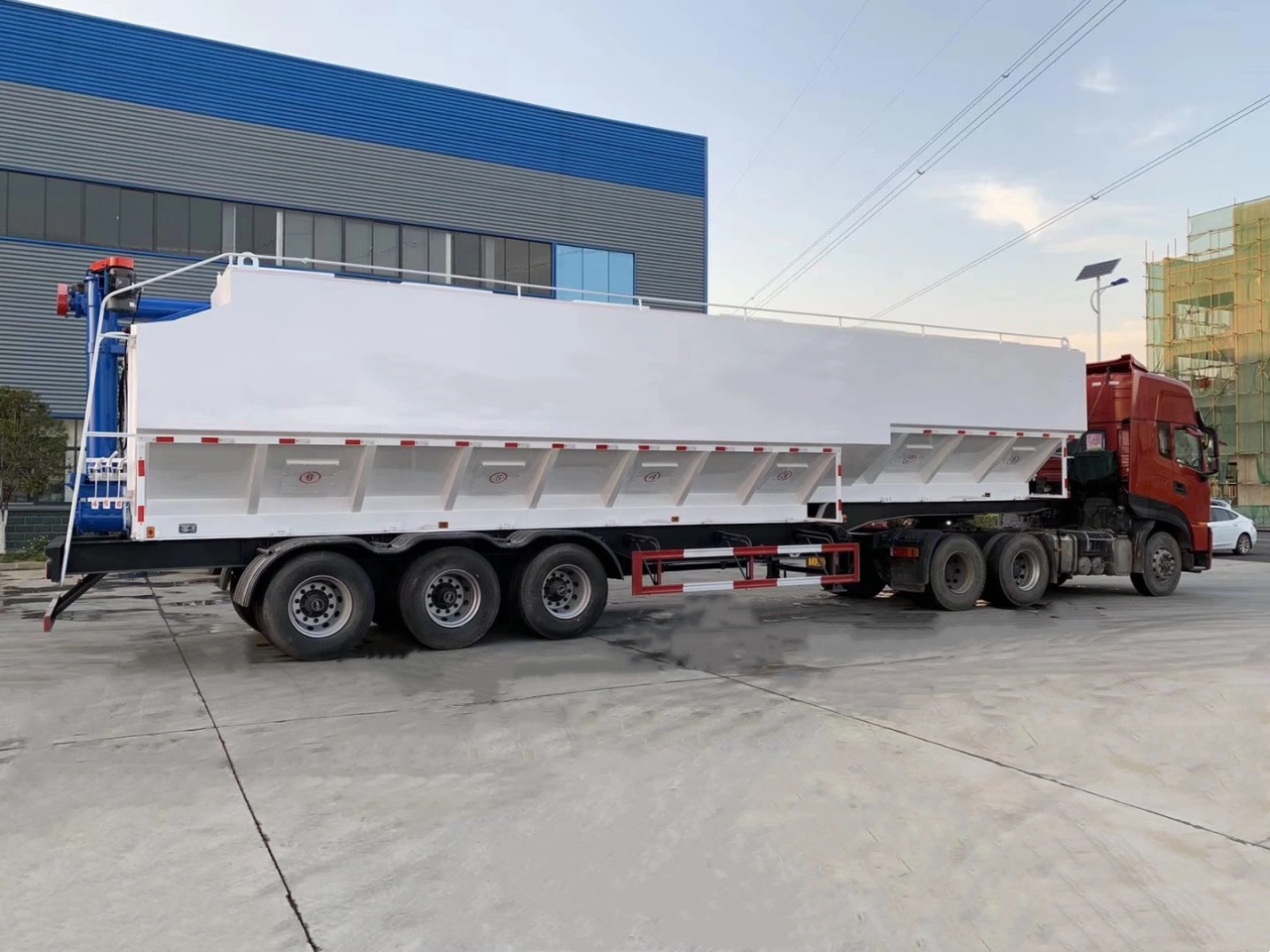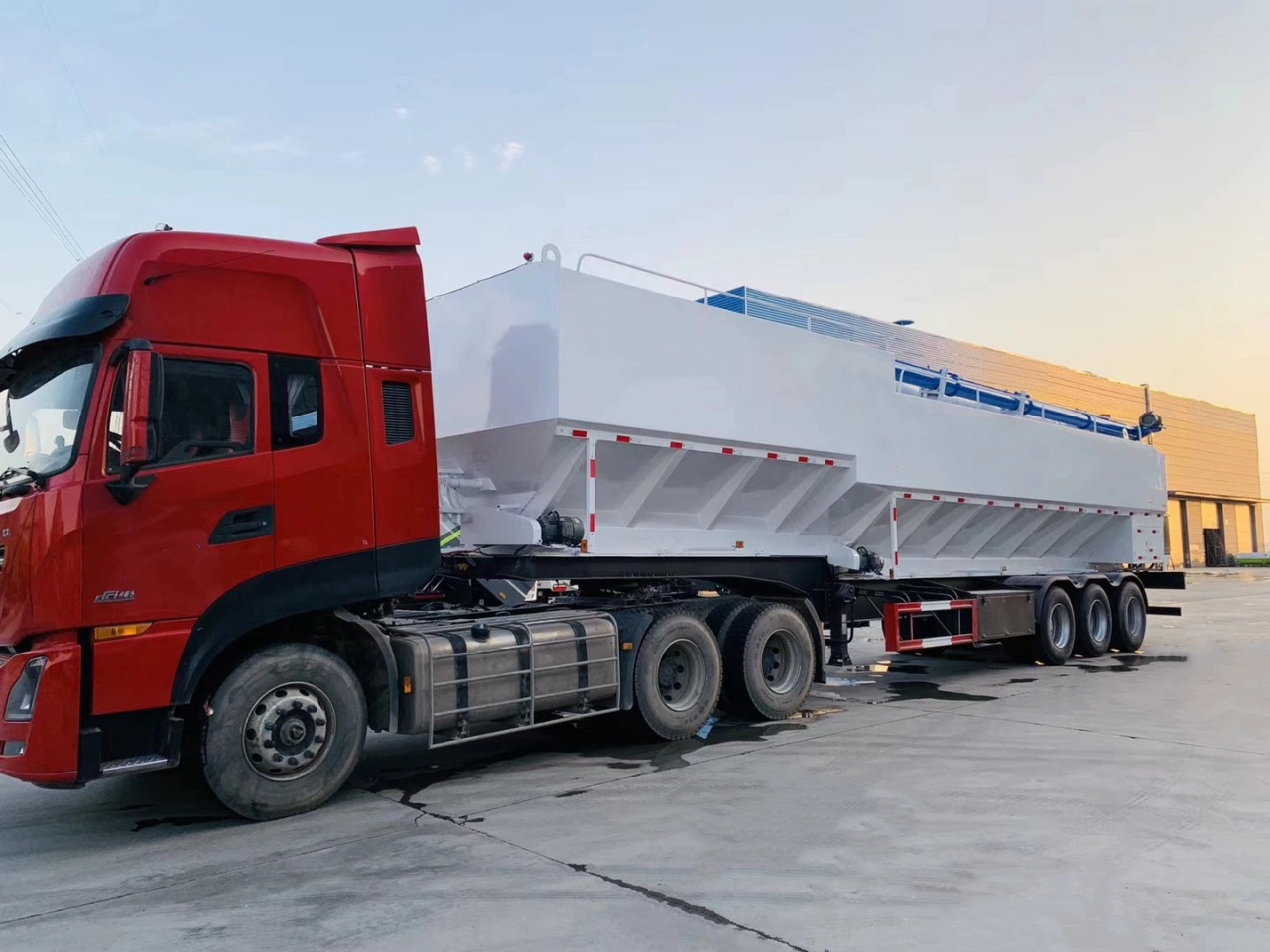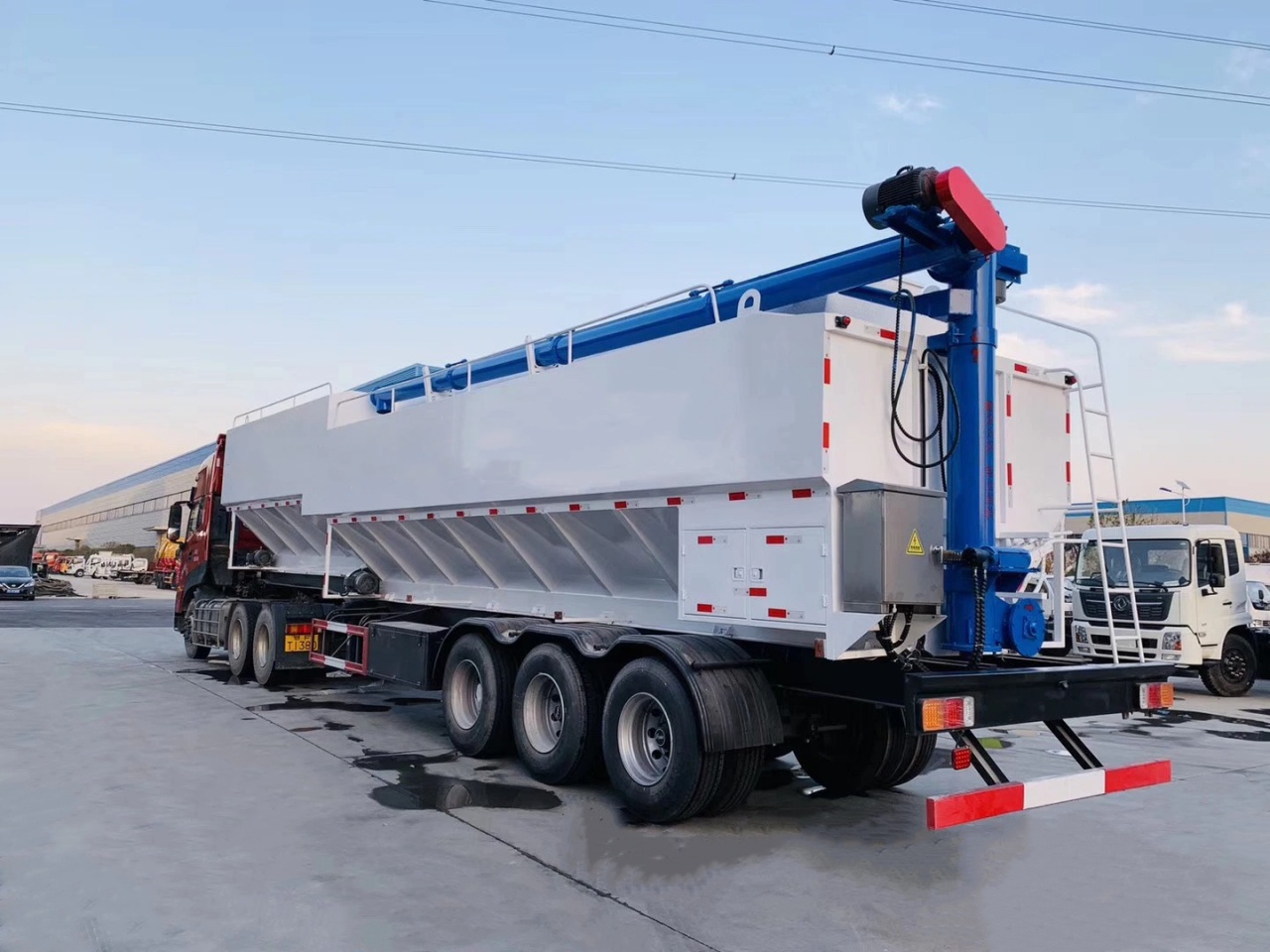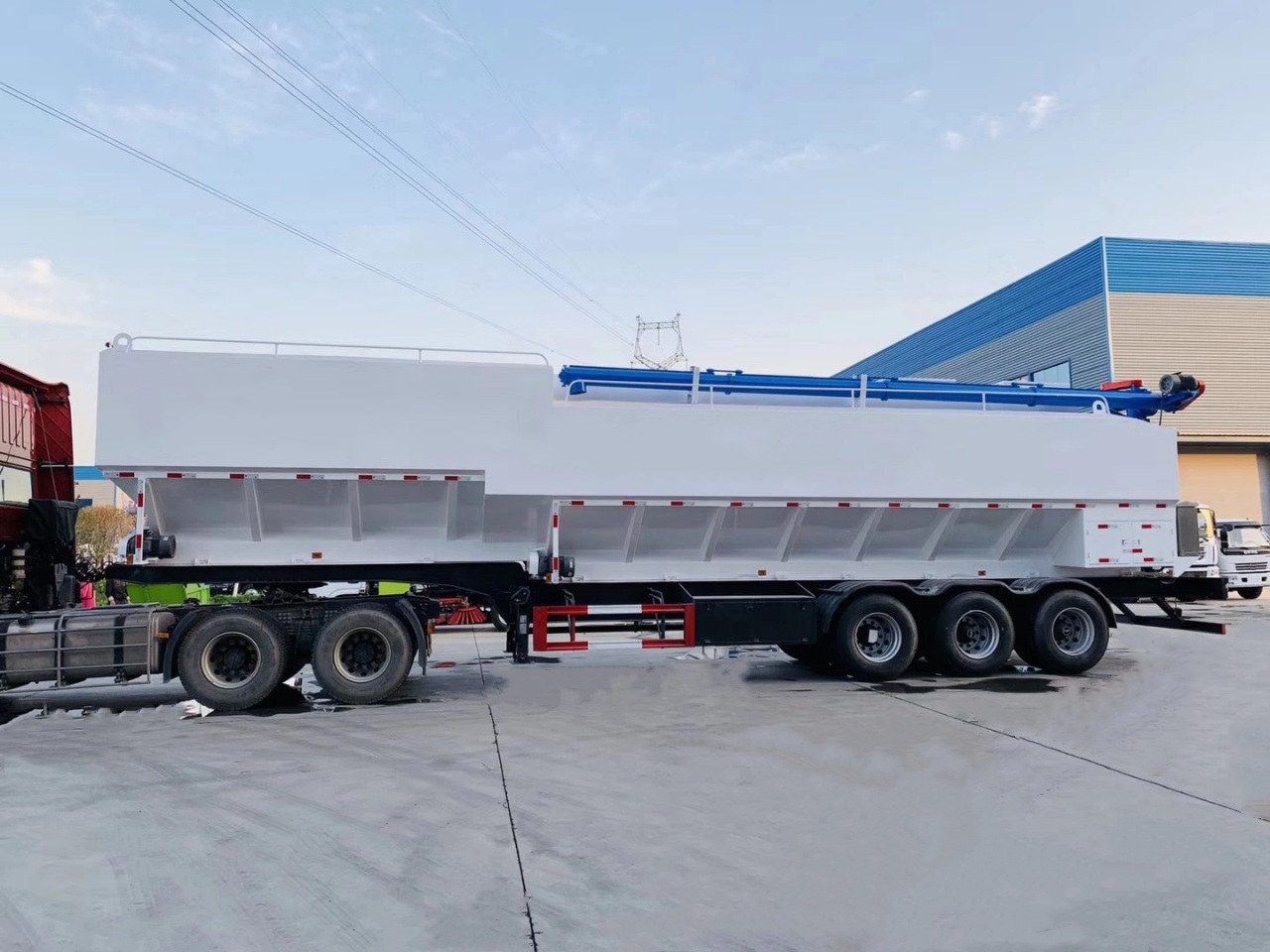Transporting dry bulk materials like powders and granules is a critical logistical component in industries ranging from food processing and agriculture to cement production and chemical manufacturing. The most efficient and hygienic way to move large quantities of such materials over long distances is through the use of pneumatic tank trucks. These specialized vehicles, equipped with air pressure systems, ensure safe, efficient, and contamination-free bulk transport. This article delves into how pneumatic tank trucks operate, their technical features, advantages, and key considerations for industrial users.
What Are Pneumatic Tank Trucks?
Pneumatic tank trucks—also known as dry bulk trailers or bulkers—are specially designed transport vehicles used to carry dry, free-flowing powdered or granular materials. These trucks feature a cylindrical tank made from aluminum or stainless steel, mounted horizontally on a trailer chassis. The tank is pressurized using onboard air compressors to fluidize the material inside and push it through pipes to its destination.
These tankers are commonly used for:
- Cement and lime
- Flour and sugar
- Plastic pellets
- Fly ash
- Soda ash
- Resins and polymers
- Industrial chemicals and minerals
How Pneumatic Tank Trucks Work
The core mechanism of pneumatic tank trucks lies in the use of compressed air to move bulk materials. Here’s a breakdown of the typical process:
1. Loading Phase
Bulk materials are loaded from the top of the tank using gravity or vacuum-assisted equipment. Internal baffles may be used to distribute the material evenly.
2. Transport
The tank is sealed to prevent contamination or spillage. During transit, the cargo remains dry and protected, thanks to the closed system.
3. Discharge Phase
At the delivery site, an onboard air compressor or external pneumatic supply introduces pressurized air into the tank. This air flows through aeration pads or diffusers located inside the tank bottom, fluidizing the powder or granules. This semi-liquid state allows the product to be pushed out through discharge pipes and into a silo, hopper, or storage facility.
Key Components of Pneumatic Tank Trucks
To understand their effectiveness, let’s review the major components that make pneumatic tank trucks work:
- Tank Body: Typically cylindrical and made from lightweight materials like aluminum or stainless steel. Tank capacity ranges from 20 to 60 cubic meters.
- Manholes: Located at the top for filling and internal access.
- Discharge Valves and Pipes: Positioned at the bottom to release material when pressurized.
- Air Compressor: Either truck-mounted or standalone, supplying the compressed air needed for unloading.
- Pressure Relief Valves: Ensure safety by preventing over-pressurization.
- Aeration Pads or Fluidizing Beds: Located inside the tank bottom to aid in the fluidization of the cargo.
- Dust Filters: Prevent airborne particles from escaping during discharge.
Benefits of Pneumatic Tank Truck Transport
Using pneumatic tank trucks offers several operational and economic advantages:
1. Contamination-Free Transport
The sealed, closed-loop system prevents contamination by air, moisture, or external particles, which is essential in food-grade and pharmaceutical applications.
2. Efficient Unloading
Compared to mechanical or gravity-fed systems, air-assisted discharge is faster, cleaner, and requires no tilting or lifting of the trailer.
3. Reduced Labor
Automated pneumatic discharge systems reduce the need for manual intervention, improving safety and efficiency.
4. Versatility
One truck can be used to handle various dry bulk products with only minor modifications or cleaning processes between loads.
5. Long-Distance Capabilities
Pneumatic tankers are designed for long-haul routes, ensuring minimal product degradation or loss during transit.
Applications Across Industries
The adaptability of pneumatic tank trucks makes them indispensable across a range of industries:
- Cement & Construction: For transporting cement, fly ash, and lime to ready-mix plants or construction sites.
- Food & Beverage: For bulk movement of flour, sugar, and grains in a hygienic, sealed system.
- Plastic & Chemical Manufacturing: To carry plastic pellets, resins, and powdered chemicals safely.
- Energy & Environment: Used in handling fly ash from power plants or powdered absorbents in environmental remediation.
Operational Considerations
To maximize efficiency and safety, several operational factors must be considered:
Material Properties
Not all powders and granules behave the same under pressure. Flowability, moisture content, and particle size influence the ease of fluidization and unloading.
Tank Configuration
Single-compartment tanks are used for large-volume deliveries of a single product, while multi-compartment designs enable the transport of multiple products in one trip.
Air Supply System
The air compressor must match the product’s requirements in terms of pressure and flow rate. Excessive pressure can damage materials or the tank, while too little will prolong unloading times.
Cleaning and Maintenance
To prevent cross-contamination, especially in food-grade operations, tanks must be cleaned thoroughly between loads. Stainless steel tanks are preferred for easy cleaning and corrosion resistance.
Regulatory Compliance
Operators must adhere to industry-specific transport regulations (such as FDA for food or OSHA for chemicals) and ensure pressure relief systems, labeling, and maintenance logs are up to standard.
Challenges in Pneumatic Bulk Transport
Despite the advantages, there are challenges to consider:
- Product Segregation: Granules and mixed powders may segregate during unloading.
- Residual Material: Complete unloading may be difficult with cohesive or sticky materials.
- Noise and Dust: Air compressors can be noisy, and improper filters may lead to dust emissions.
- Equipment Cost: Initial investment in pneumatic tank trucks and compressors is higher than conventional tankers.
However, with the right equipment and procedures, these challenges can be mitigated.
Technological Innovations
Modern pneumatic tankers are seeing innovations such as:
- Digital Monitoring: Real-time data on pressure, temperature, and discharge rates.
- Automated Controls: Touchscreen panels for air pressure and valve control.
- Lightweight Alloys: Use of advanced aluminum composites to reduce tare weight.
- Eco-Friendly Compressors: Lower emissions and improved fuel efficiency.
Conclusion
Pneumatic tank trucks with air pressure systems have revolutionized the transportation of bulk powders and granules. Their ability to provide fast, clean, and safe transfer of dry materials makes them an essential asset across multiple industries. By understanding the mechanics, components, and best practices of pneumatic bulk transport, businesses can optimize logistics, enhance safety, and maintain product integrity throughout the supply chain.
Whether delivering cement to construction sites or flour to food processors, pneumatic tank trucks represent the modern solution to bulk material handling challenges—driven by air, powered by innovation.
